Ceramic Infrared Heater Guide, Best Industrial Infrared Emitters

Best Industrial Ceramic Infrared Heaters, Quartz Infrared Heaters
ViewNPH's industrial ceramic infrared emitters technical manualfor additional information including radiant emission patterns for ceramic infrared emitters/heaters, Emissivity, Stefan-Boltzmann's Law, Infrared Spectrum, Planck's Law, Wein's Law, Spectral Absorption Curves and much more.
Beginners Guide/Review To What is Infrared Energy?
When infrared energy strikes an object it may be absorbed, transmitted, or reflected from the surface. The sum of the amount of energy absorbed, transmitted, and reflected must equal 100% of the total incident energy. An object is called a "blackbody" if it absorbs (or emits) 100% of incident infrared radiation.
Throughout the years many different forms of infrared heat sources have been developed. Some of the more familiar forms seen today are metal sheathed tubular heaters, quartz tubes, quartz lamps, gas-fired catalytic, flat faced panels, and ceramic emitters. Each source has its own distinctive set of properties. Go toNPH's ceramic infrared emitters technical manual for information on the propertiesfor the above sources. This includes how efficient each of the above sources is, there physical strength, maximum temperature, heat up and cool down times and color sensitivity.
Ourceramic infrared heaters (emitters) are manufactured with three basic emitter faces: Concave, Flat and Convex. These emitter face styles will result in the specific radiant emission pattern as shown in our "Technical Letters" section below. Look for our ceramic infrared heaters technical manual below. The concave surface will emit a concentrated radiant pattern which is highly effective when zone heating is desired as well as radiant heating in general. Flat surface emitters will produce a uniform pattern for even heating at a close proximity between the emitter and the target being heated. Finally, the convex shaped emitter gives off a wide area pattern which is desirable in comfort heating or other applications that require a dispersed radiant emission pattern.
These heaters are durable, splash-proof and have a non-corrosive finish. Maximum temperature output of up to
1292*F (700*C). Estimated life of 10,000 hours with one (1) year warranty.
Please scroll down forInfrared Energy Guide, Specifications, Applications Guide, Technical Letters and Related Industrial Ceramic Infrared Heaters/Emitters Products.
What Is Infrared Energy? What Are Infrared Waves? Review:
Infrared radiation is part of a broad electromagnetic spectrum. The relationship between electromagnetic radiation is as follows:
Electromagnetic Radiation Chart: The Visible Spectrum:
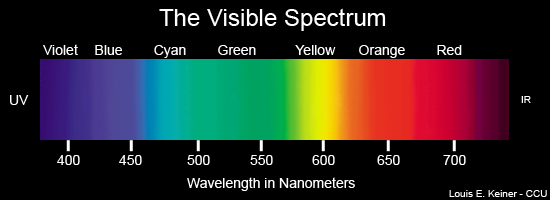
Electromagnetic Radiation-The Visible Spectrum
Note that 1 micron is a unit of length equal to 1 millionth of a meter. A nanometer is also a unit of length equal to 1 billionth of a meter.
Electromagnetic Spectrum: Infrared Energy & Infrared Waves?
 The Electromagnetic Spectrum & Infrared (IR) Wavelengths Shown In Lengths of Nanometers
The Electromagnetic Spectrum & Infrared (IR) Wavelengths Shown In Lengths of NanometersThe electromagnetic spectrum includes the entire range of radio waves, infrared radiation, visible light, ultra violet light, X-rays. and Gamma Rays. See detailed EMS pictorial chart below showing shorter and longer EMS wavelengths, real life photo comparison of wavelength lengths including radio, infrared, visible, ultraviolet and gamma rays frequencies. Also depicted are the sources like power lines, AM radio, mobile phones, radiant heaters, x-ray machines, the sun and radioactive sources etc. generating them. In addition the EMS pictorial chart shows the energy of one photon ( in electron volts) for all the various EMS wave lengths indicating low energies with longer wavelengths and higher energies with shorter wavelengths.

Range Of Waves for The Electromagnetic Spectrum
Industrial Ceramic Infrared Heaters-Applications Guide
Ceramic infrared heatersare 96% infrared energy efficient. Uses for electric infrared heat can be found in many industries and applications and can be grouped into four major categories:
- Curing
- Drying
- Heating
- Cooking
- Saunas
Within each of these major categories are literally hundreds of specific applications, and the list keeps growing as technology develops.
Industrial Ceramic Infrared Heaters: Specifications, Installation,
Maintenance and Operation Guide, Technical Letters & Tips:
![]() Ceramic Infrared Heaters-CRP Panel Brochure.pdf
Ceramic Infrared Heaters-CRP Panel Brochure.pdf
![]() Infrared Heating Questionaire.pdf
Infrared Heating Questionaire.pdf
![]() Ceramic_Infrared_Heaters-Technical Manual.pdf
Ceramic_Infrared_Heaters-Technical Manual.pdf
![]() FAQs Ceramic Infrared Heaters-Technical Letter.pdf
FAQs Ceramic Infrared Heaters-Technical Letter.pdf
![]()
- Thermoforming
- Composites
- Packaging
- Automotive
- Medical
- Electronics
- Mining
- Mold Heating and Pre-Heating
- Non Contact Drying
- Food Warming
- Paint Drying

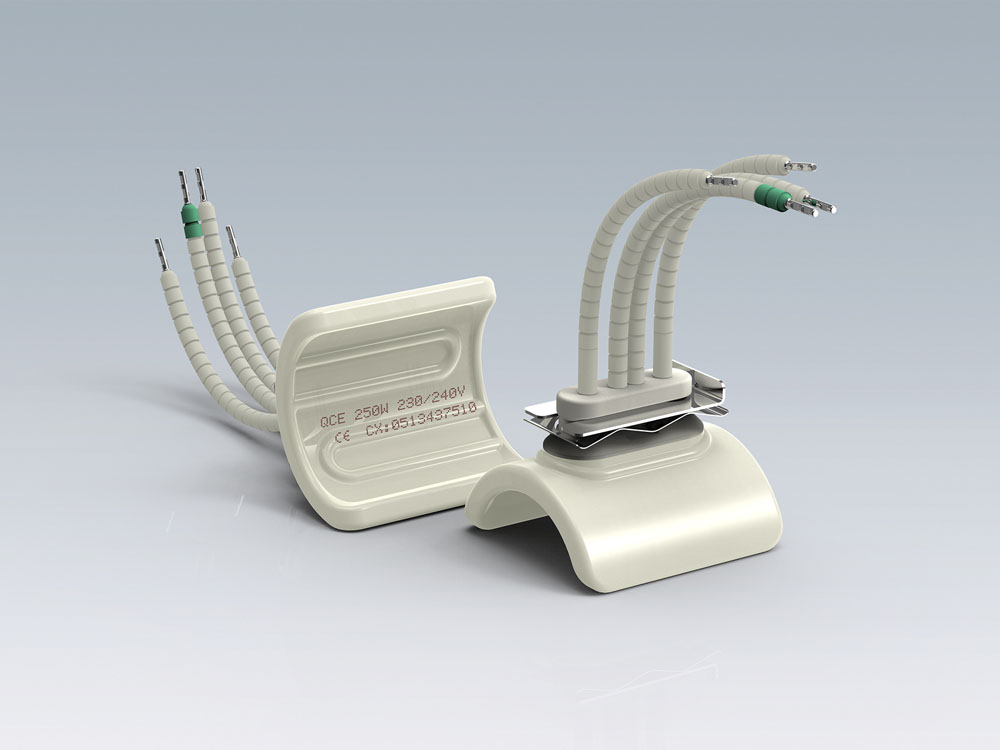
QCE- Quarter Curved Element With T/C-K (60 mm x 55 mm x34 mm)
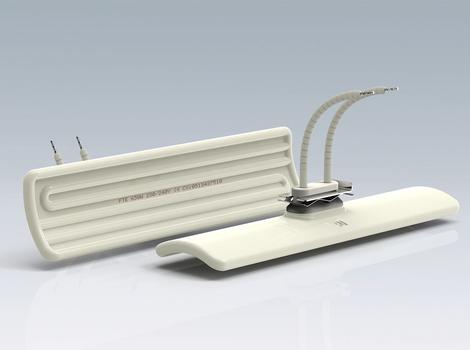
FTE-Full Trough Emitter (245 mm x 60 mm x 31 mm) -120V/240V

FTE-Full Trough Emitter-(245 mm x 60 mm x 31 mm) -120V/240V
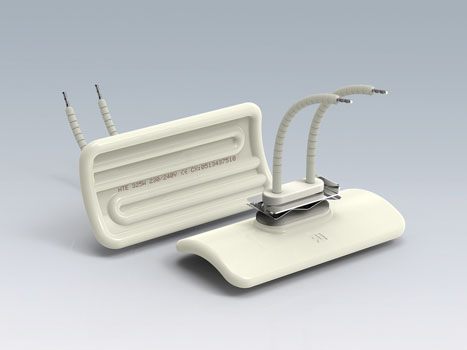
HTE-half Trough Heater (122mm x 60mm x 31) -120V/240V
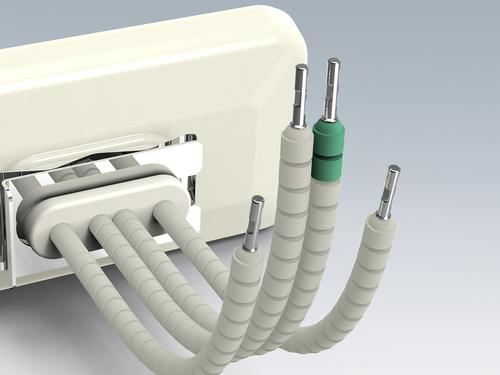
Ceramic Infrared Heater/Emitter with Type K T/C
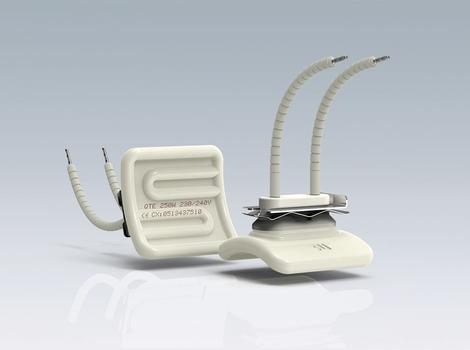
-QTE-Quarter Trough Emitter, Ceramic Infrared Heater (60 mm x 60 mm x31 mm)

-FTE-Full Trough Emitter-Black
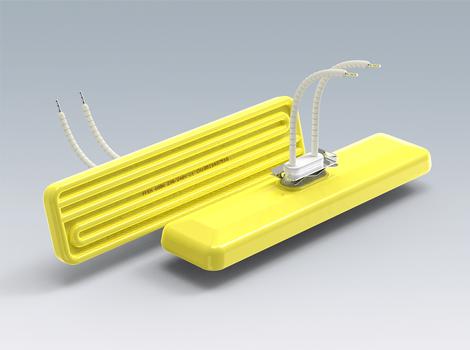
FFEH-Full Flat Ceramic Heater Element-Hollow -(245 mm x 60 mm x 36.5 mm)
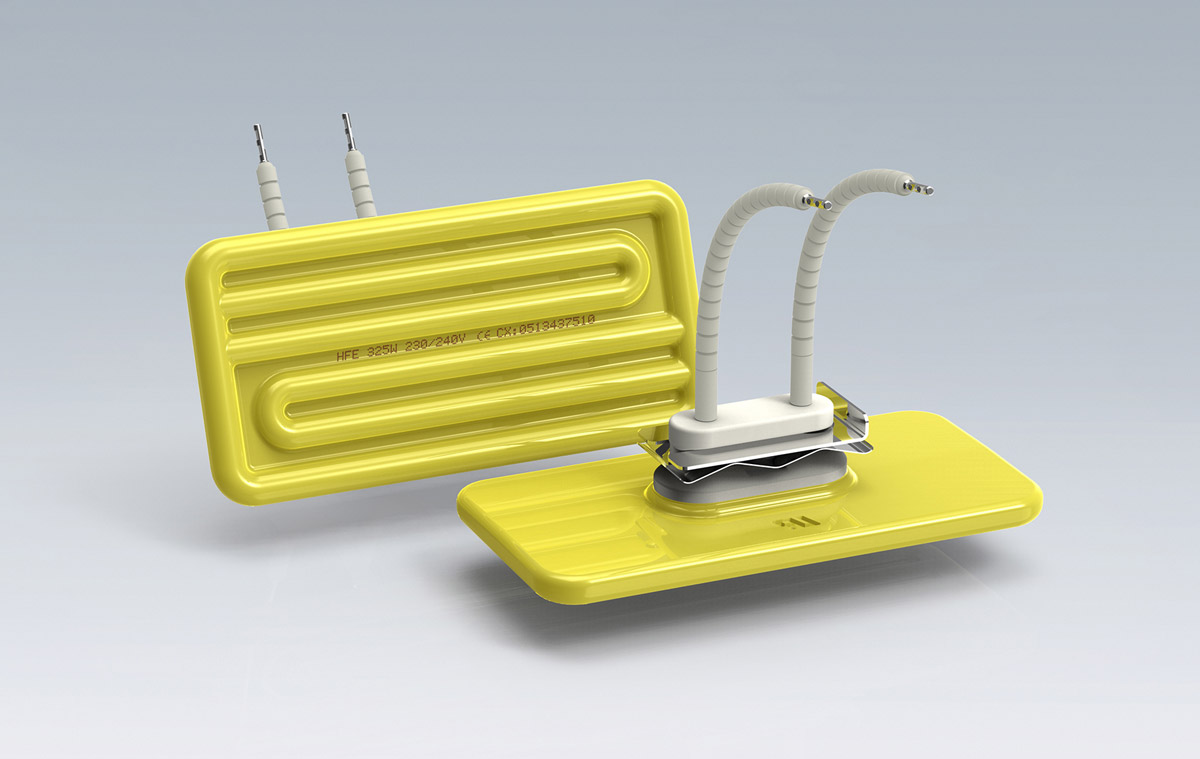
HFEH-Half Flat Ceramic Heater Element-Hollow - 122mm x 60mm x 36.5mm
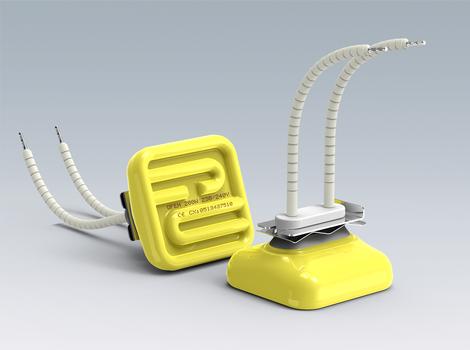
QFEH-Quarter Flat Ceramic Heater Element-Hollow - 60mm x 60mm x 36.5mm
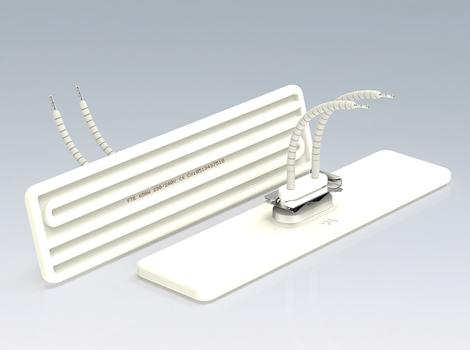
FFE-Full Flat Ceramic Heater Element-120V/240V -245mm x 60mm x 24mm
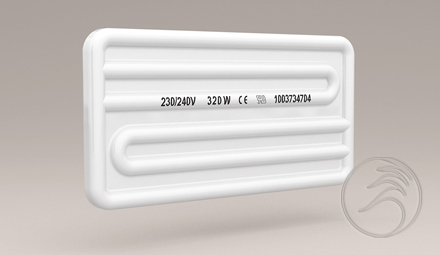
HFE-Half Flat Emitter- 120V/240V -122mm x 60mm x 24mm
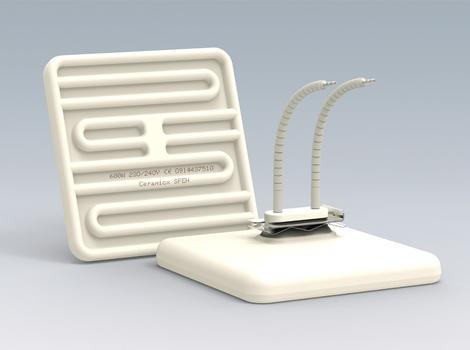
SFSE-Square Flat Ceramic Infrared Heaters-120/240V -22mm x 122mm x 24mm
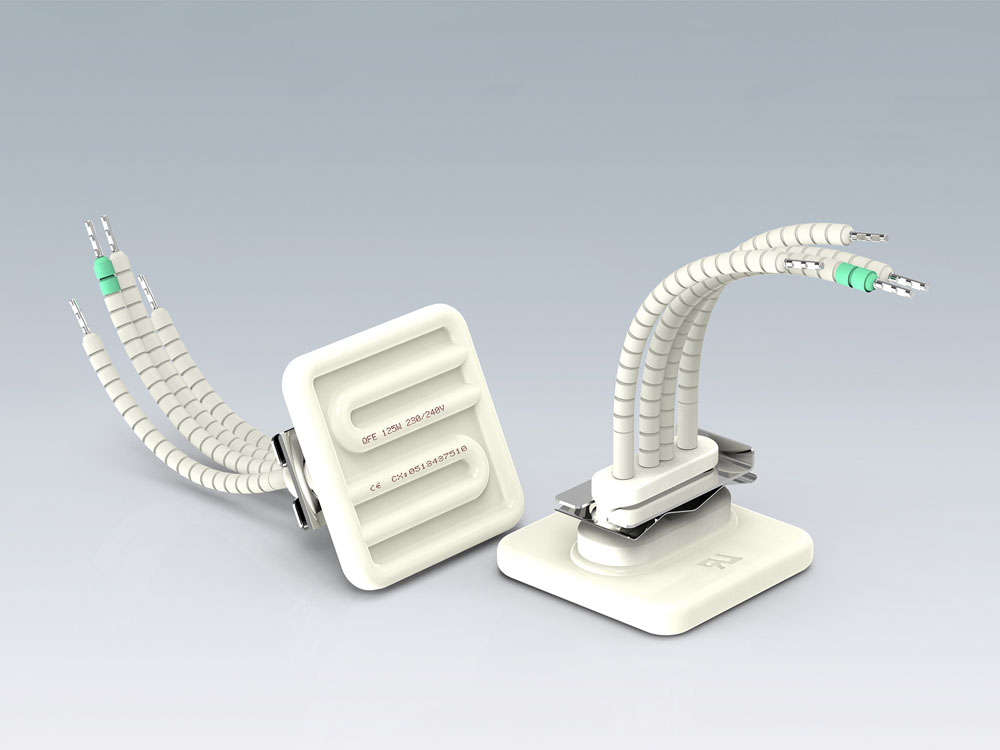
QFE-Quarter Flat Ceramic Infrared Heater Element -60mm x 60mm x 24 mm
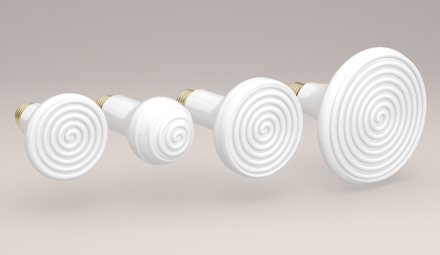
Ceramic Infrared Bulbs/Emitters-Various Sizes
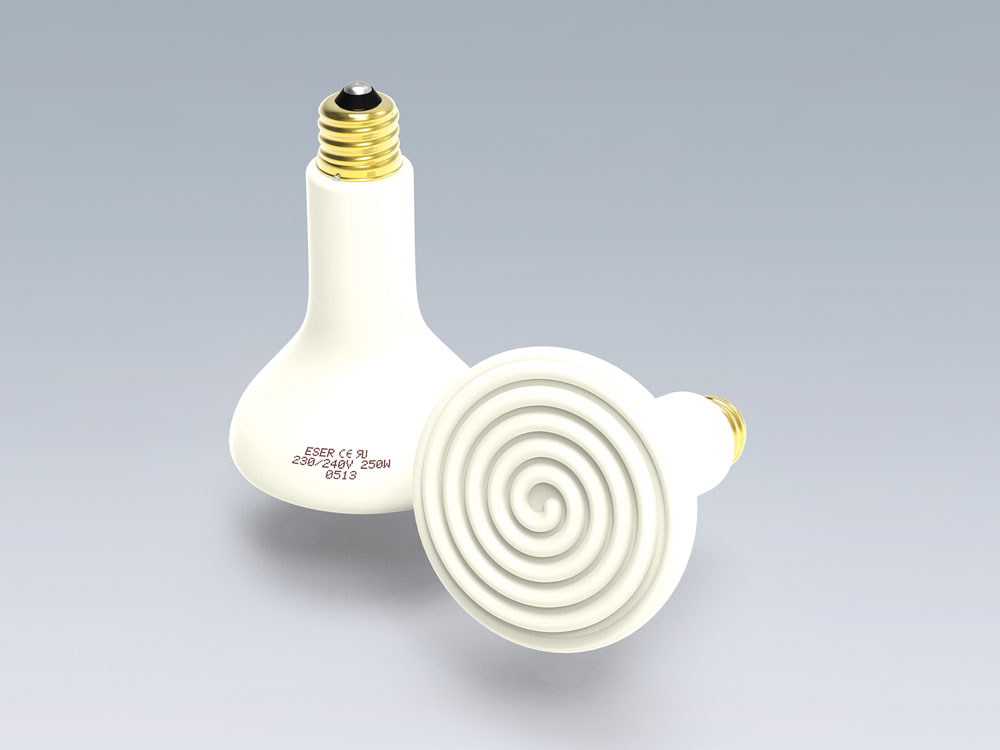
ESER-Ceramic Infrared Bulb
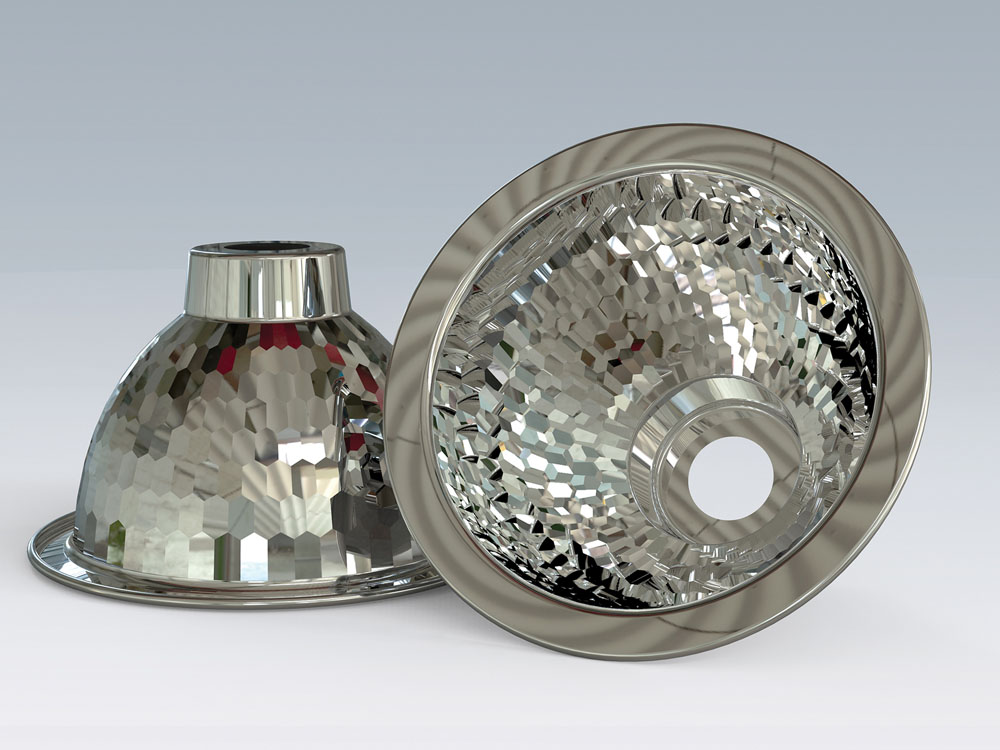
Bulb Reflector-For Ceramic Infrared Edison Bulbs
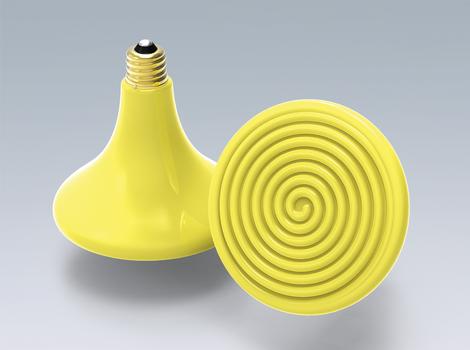
ESEXL-Ceramic Infrared Bulbs-Yellow
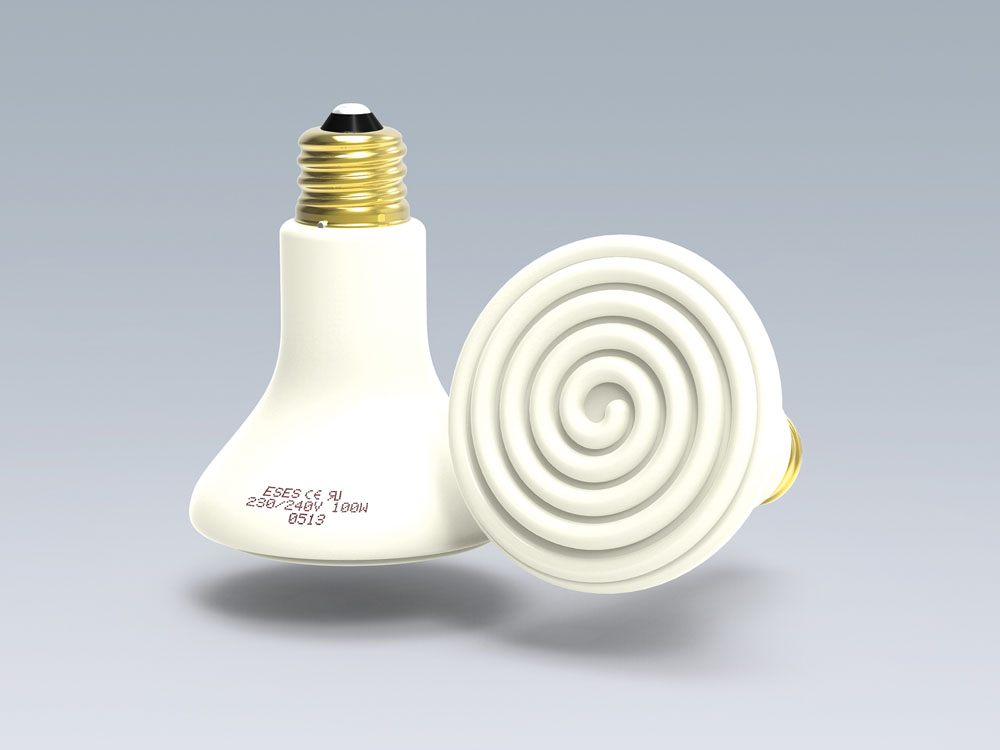
ESES-Ceramic Bub Emitters
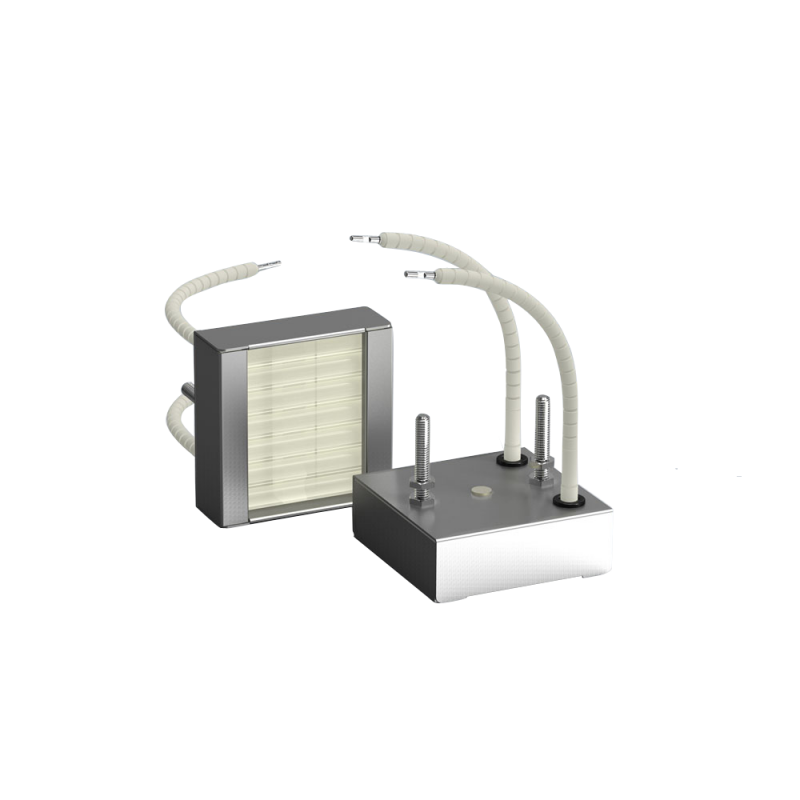
-QQE-Quarter Quartz ElementWith (62.5 x 62.5 x 22 mm, 120/240V)
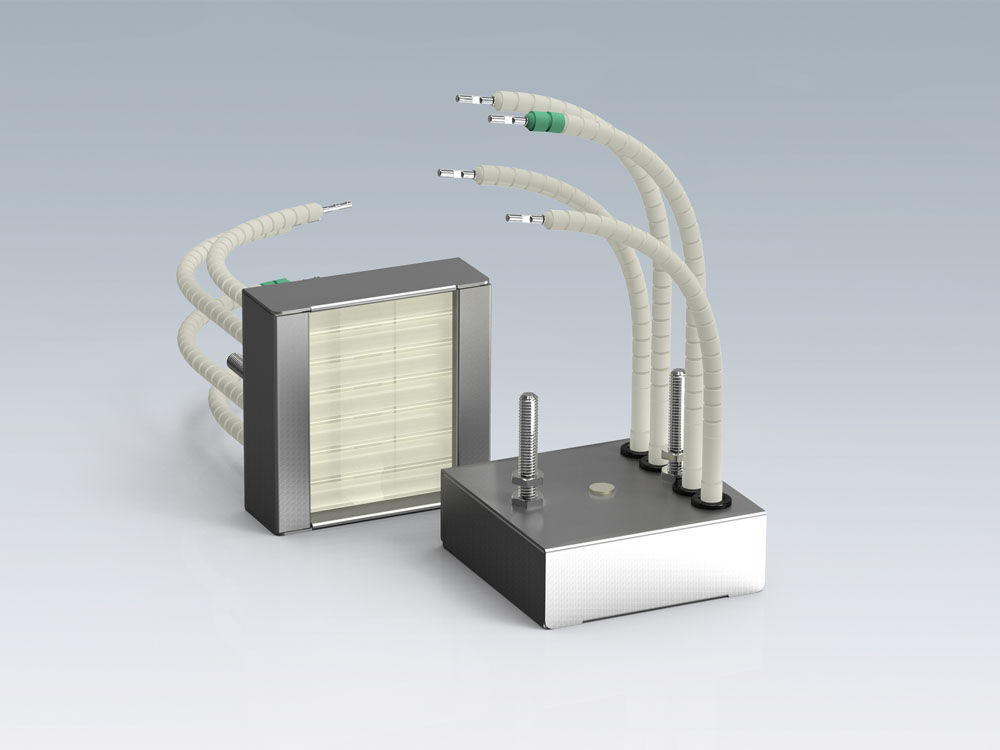
-QQE-Quarter Quartz Element With TCK(62.5 x 62.5 x 22 mm, 120/240V)
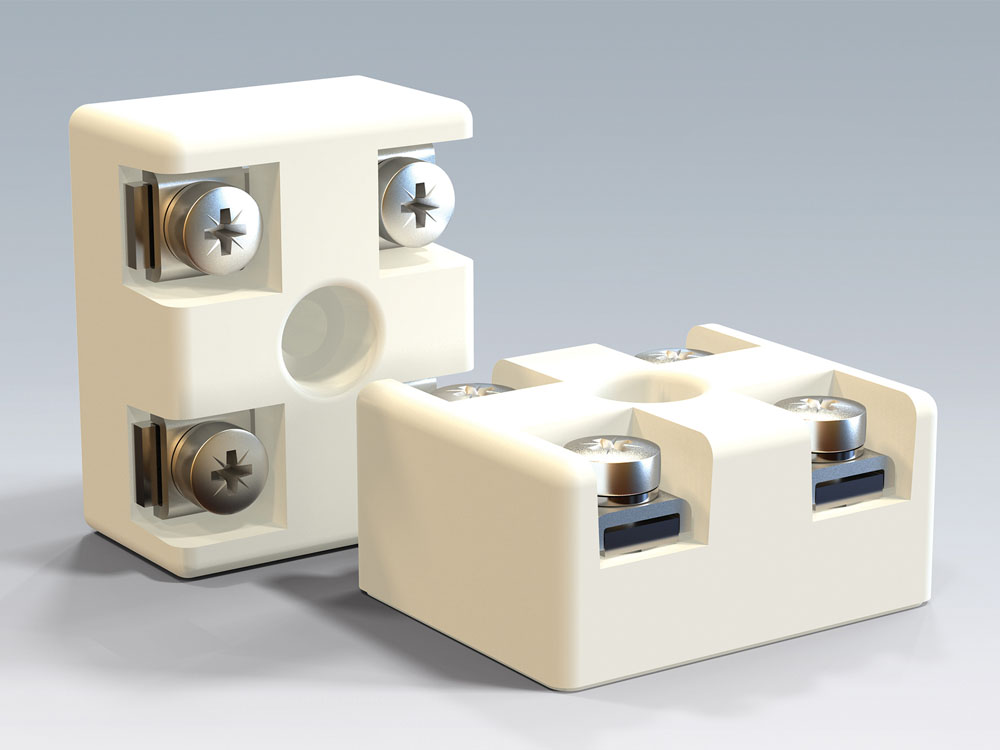
Ceramic terminal Blocks-!, 2,3 and 4 Poles
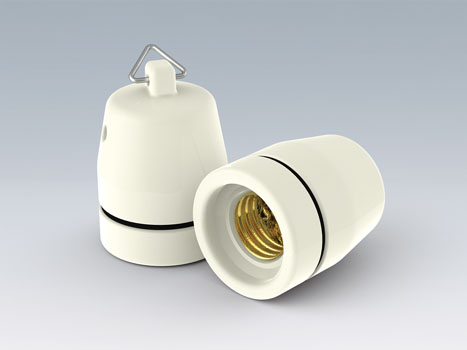
Ceramic Infrared Bulb Holder
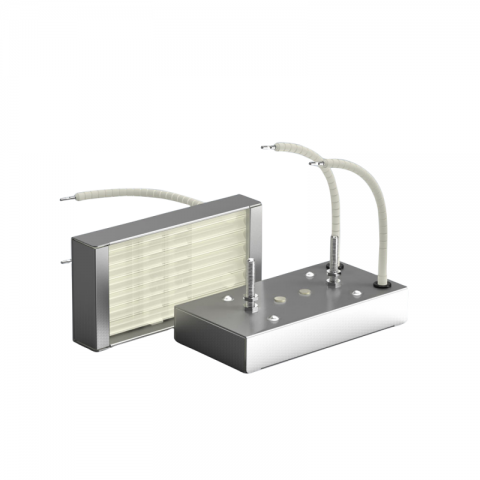
-HQE-Half Quartz Emitter
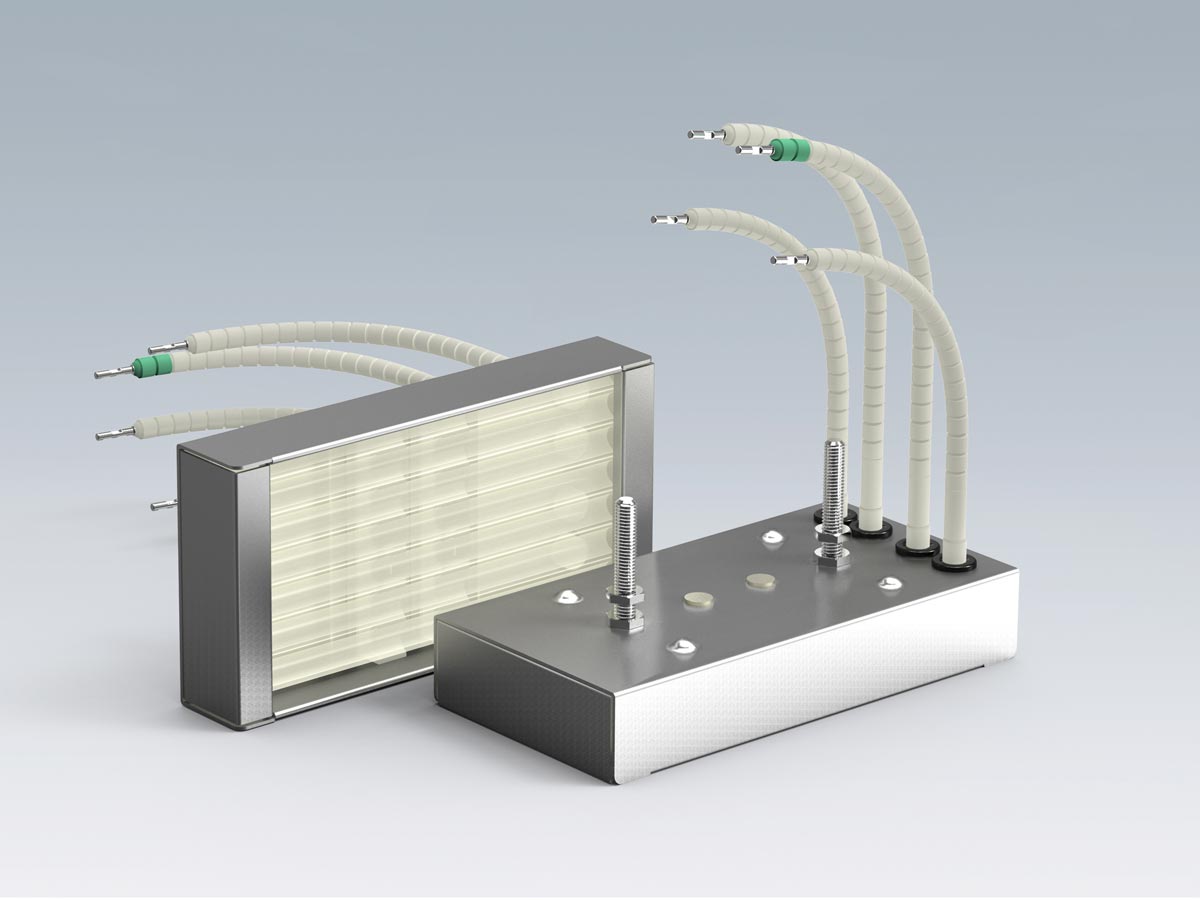
-HQE-Half Quartz Emitter With TCK

-SQE-Square Quartz Emitter

-SQE-Square Quartz Emitter With TCK

-FQE-Full Quartz Element With TCK
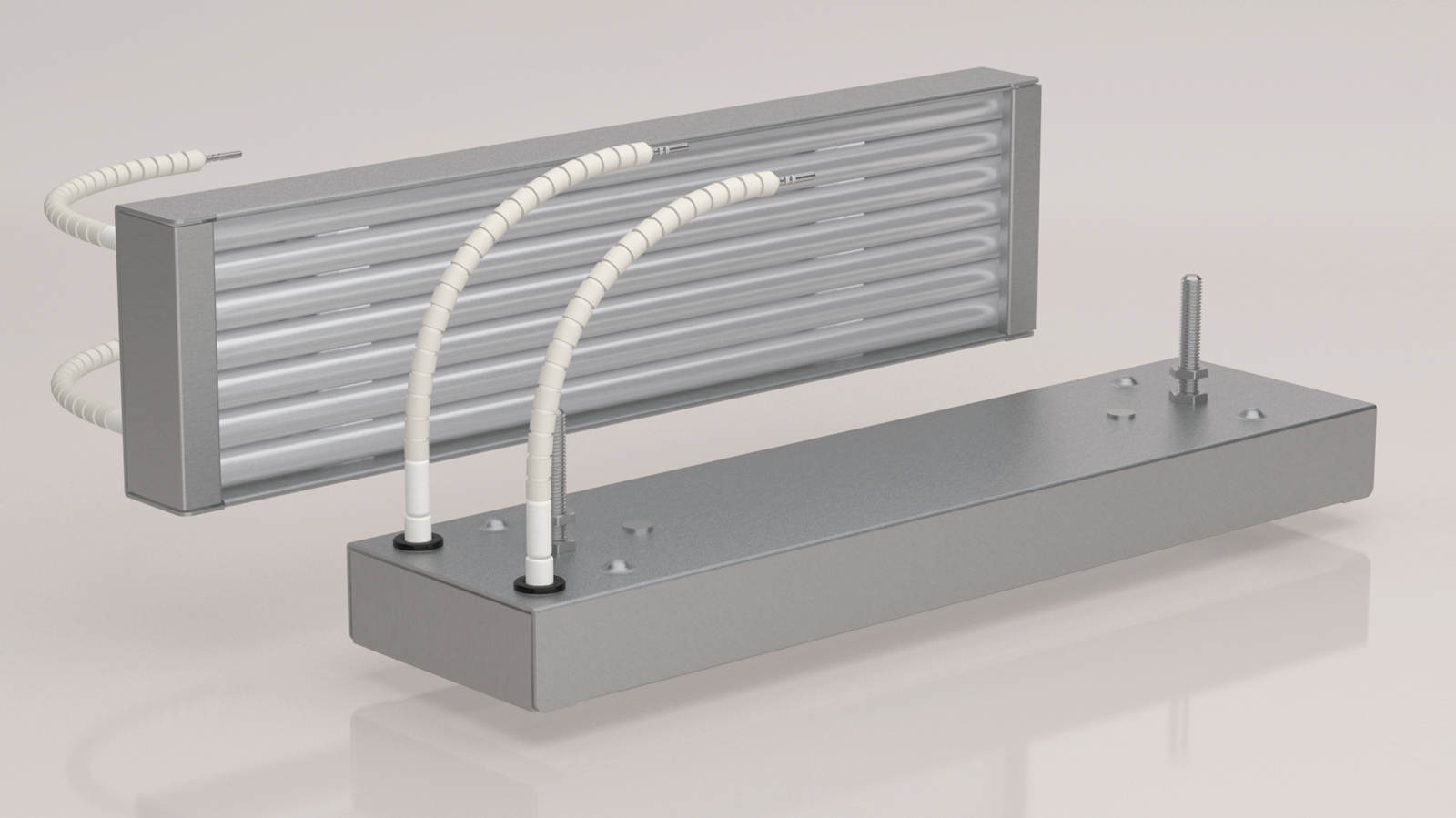
-FQE-Full Quartz Element

-PHQE-Pillar Half Quartz Element
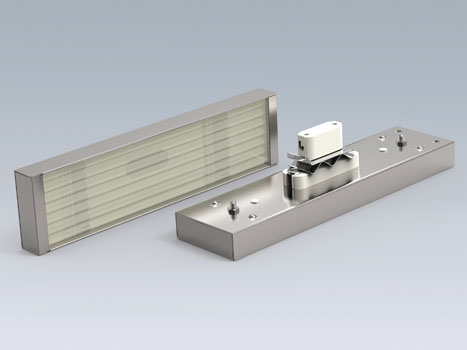
-PFQE-Pillar Full Quartz Emitter
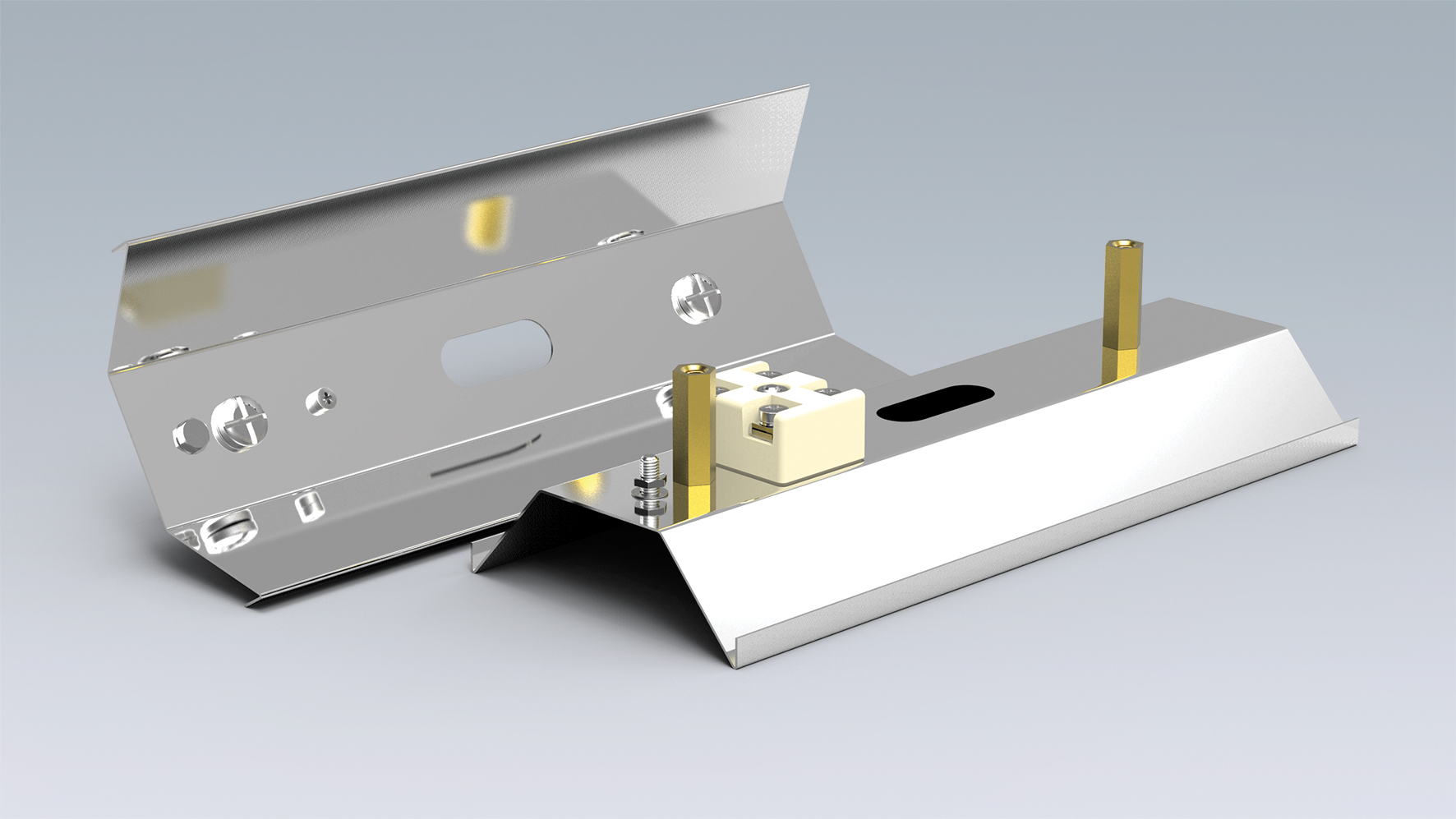
-Ras1 Reflector For FTE Ceramic Infrared Heaters/Emitters-Aluminised Steel

-Ras-Reflectors-All Sizes, Aluminised Steel Can House 1-5 FTE's Emitters
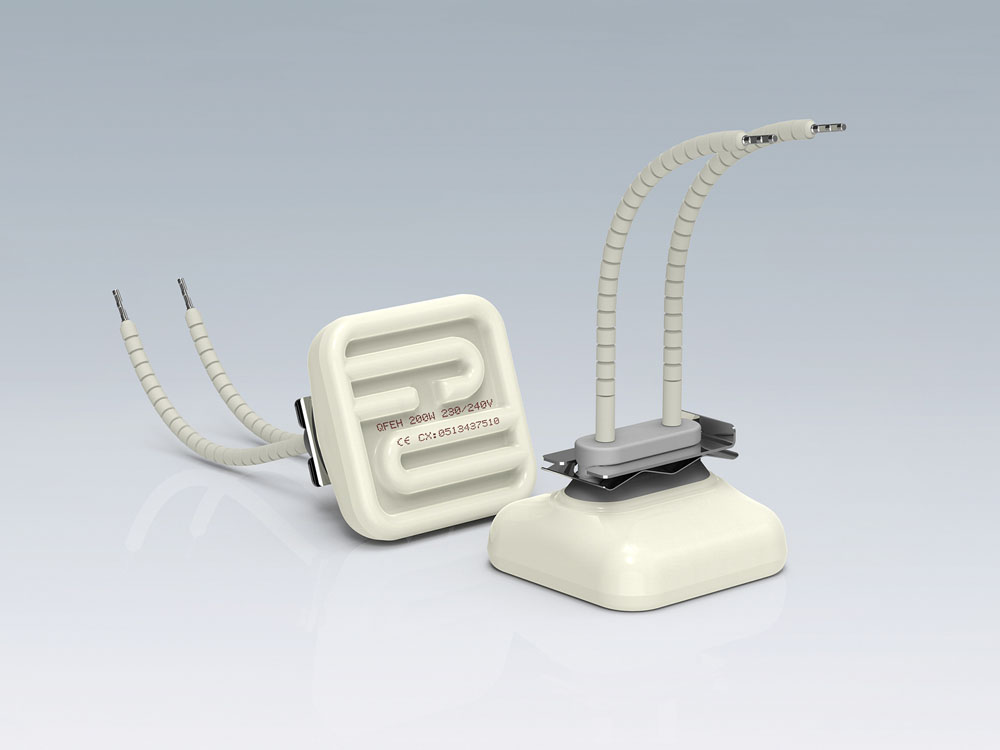
-QFEH-Quarter Flat Emitter Hollow
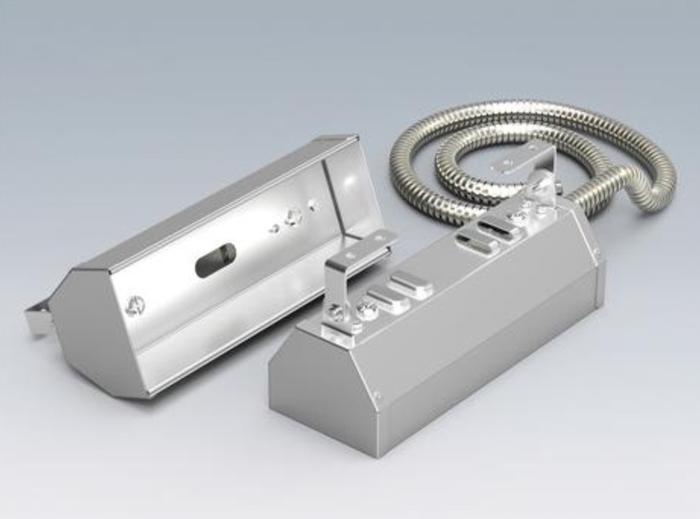
Projector-1-Top & Bottom

Projector-3-Enclosure/Housing
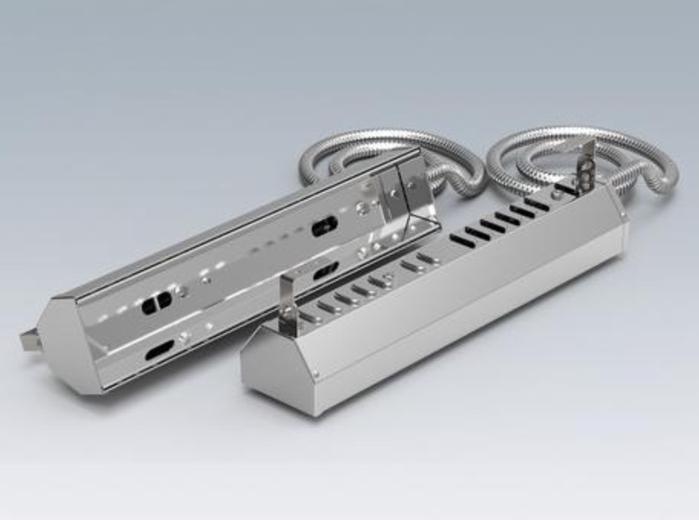
Projecto-2-Housing
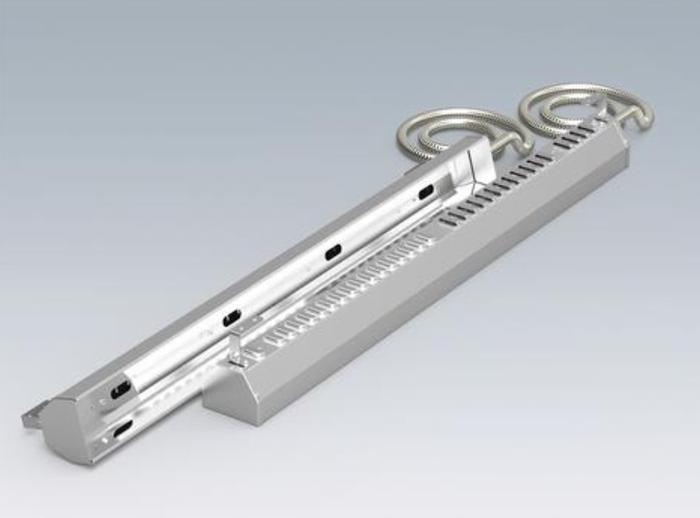
Projector-4-Housing/Enclosure
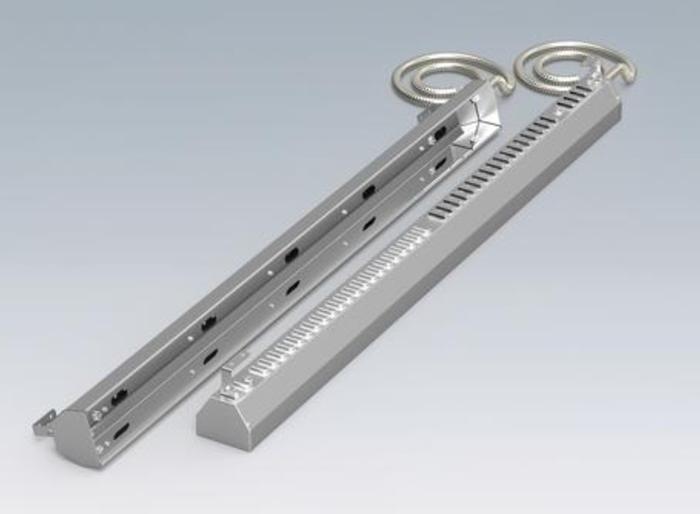
Projector-5-Housing/Enclosure
Ceramic Quartz Tungsten Fast Medium Wave Heaters Standard Features:
The tungsten filament used in these heaters is the porcupine or star type coil, which can be operated at temperatures up to 1500°C (2732°F), with peak wavelength emissions of approximately 1.6 microns. It reaches top temperatures within seconds.
As well as having excellent structural rigidity, this coil is designed to minimize light output and maximize IR emission thereby increasing IR radiant efficiency.
Standard Products:
240 V, R7s termination and 10 mm diameter glass.
Model Wattage Max. Coil Temp. Overall Length Heated Length
QTS 750 W 1450°C (2642°F) 224 mm 170 mm
QTM 1000 W 1450°C (2642°F) 277 mm 225 mm
QTL 1500 W 1270°C (2318°F) 473 mm 415 mm
QTL 1750 W 1470°C (2678°F) 473 mm 415 mm
QTL 2000 W 1500°C (2732°F) 473 mm 415 mm
With peak wavelength emissions of approximately 1 micron, they are extremely penetrative and allow rapid on/off cycles.
Standard Products:
R7s termination and 10 mm diameter glass.
Model Wattage Voltage Max. Coil Temp. Overall Length Heated Length
QHS 750 W 240 V 2410°C (4370°F) 224 mm 170 mm
QHS 1000 W 480 V 2520°C (4568°F) 224 mm 170 mm
QHM 1000 W 240 V 2410°C (4370°F) 277 mm 225 mm
QHL 2000 W 240 V 2250°C (4082°F) 473 mm 415 mm
QHL 2000 W 480 V 2390°C (4334°F) 473 mm 415 mm
Quartz Halogen Long Wave Heater
Available in standard 240 voltage and non standard 480 voltage
Dimensions: 10 x 473mm
For other options, please contact us directly.
Quartz Halogen Long Wave Heaters are filled with halogen gas. This is to allow the supported tungsten filament to reach temperatures of 2600°C (4712°F).
Peak wavelength emissions are 1 micron, allowing rapid on/off cycles.
Available in standard 240 voltage and non standard 480 voltage
Dimensions: 10 x 473mm
Increasing infrared heat efficiency, the coil is designed to minimize light output and maximize emissions.



We Ship Our Kapton & Process Heaters To OEM’s & Industry World Wide


